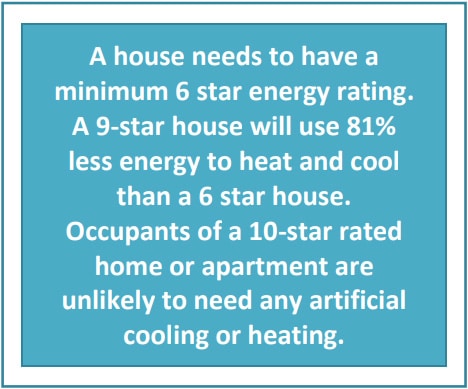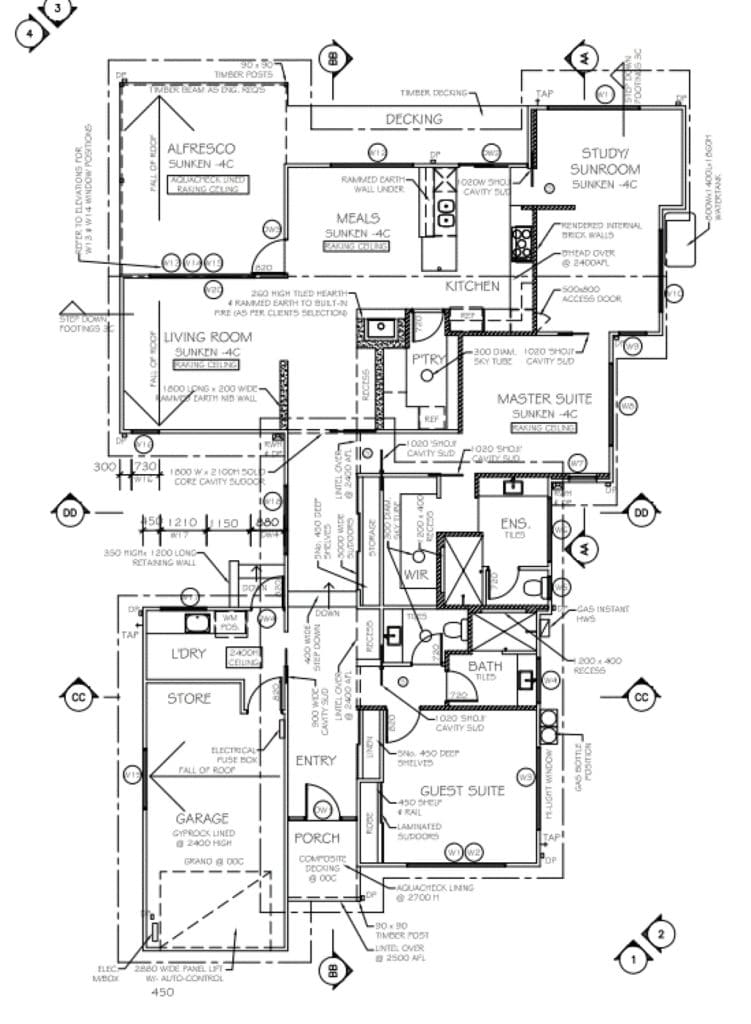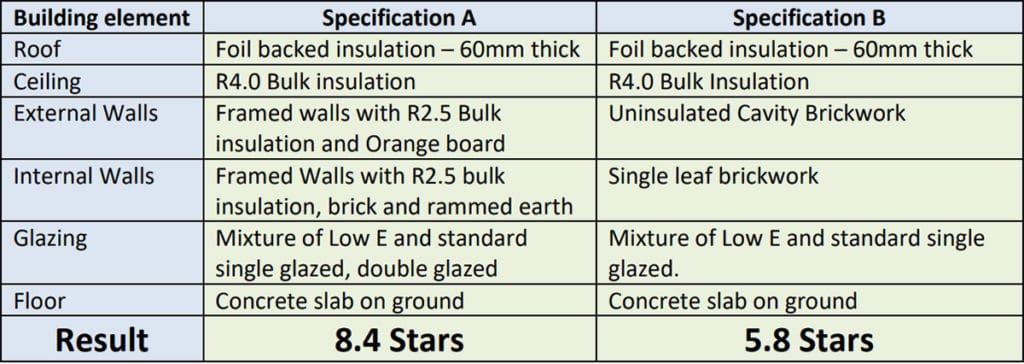Energy Rating is an index of a building’s thermal performance (i.e. heating and cooling requirements) for residential homes in Australia.
NatHERS house ratings use computer simulations to determine the potential thermal comfort of Australian homes on a scale of zero to 10 stars. The more stars, the less likely the occupants will need cooling or heating to stay comfortable.
A house can be rated before or after it is built. The rating depends on:
- the layout of the home
- the construction of its roof, walls, windows and floor
- the orientation of windows and shading to the sun’s path and local breezes
- how well these suit the local climate.

NatHERS divides Australia into 69 climate zones. This allows the software to appropriately consider the effects of Australia’s diverse climate when modelling the heating and cooling requirements of a home.
The star rating correlates to the energy loads in MJ/m2 per annum required to maintain the house at a comfortable temperature. This is broken up into a heating load (how much energy it takes to heat the house) and a cooling load (how much energy it takes to cool the house).
A zero-star rating means the building shell does practically nothing to reduce the discomfort of hot or cold weather. A six-star rating indicates good, but not outstanding, thermal performance. Occupants of a 10-star rated home are unlikely to need any artificial cooling or heating.
CASE STUDY – HOUSE BY GREEN CONSTRUCT
We conducted a case study on a house design by Green Construct in Dunsborough WA. We took their design and calculated the star rating with Green Construct’s Standard specification (Specification A in table below) and then calculated the star rating with the standard specification of a most houses in western Australia.


But what difference does that make to the liveability of the house? The main two differences are comfort and cost. While cost is easy to demonstrate – our case study shows that the Green Construct’s standard specification would result in a cost saving of over 60% to heating and cooling costs – the bigger benefit would be the comfort of the house.
The thermal properties of Specification A would result in a comfortable house year-round, where the house was not too hot or too cold under normal weather conditions. This would mean that air conditioning would rarely be required to ensure occupants felt comfortable.

Please note: these examples does not take into account the efficiency of different heating and cooling methods and is designed to show theoretical savings only and not actual costs.
